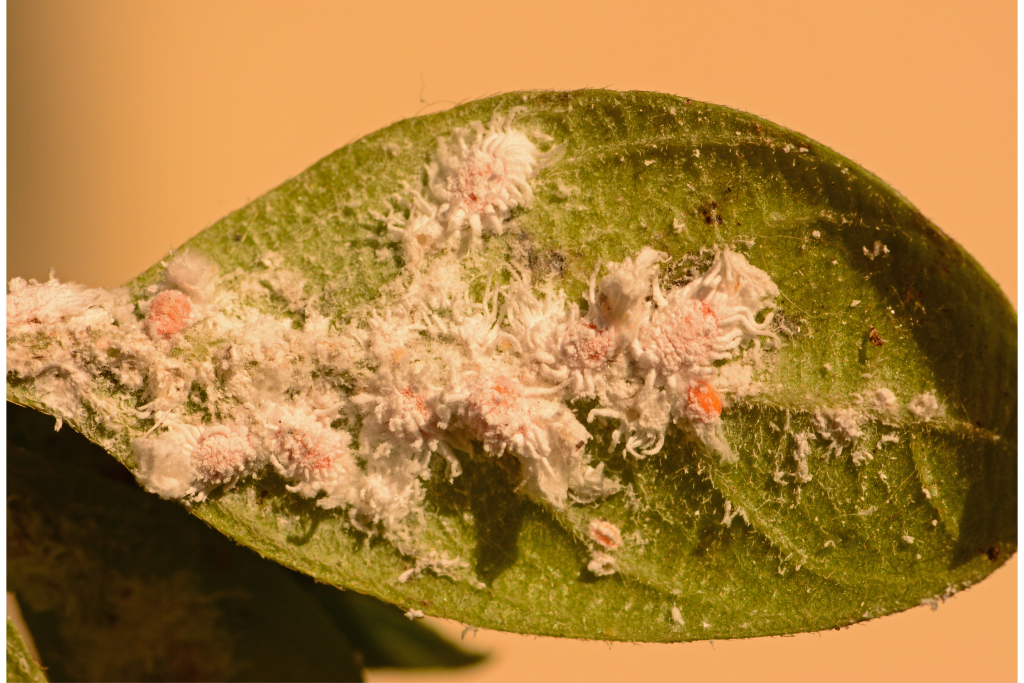
African violets (Saintpaulia) are cherished for their vibrant blooms and lush foliage, but they can be susceptible to various problems and diseases. Identifying and addressing these issues promptly is key to maintaining healthy, thriving plants. Here’s a comprehensive guide to common problems and diseases affecting African violets, along with effective solutions.
Common Problems
1. Leaf Spots:
- Symptoms: Brown or yellow spots on leaves.
- Causes: Water droplets on leaves, fungal infections, or exposure to direct sunlight.
- Solutions: Water from the bottom to keep leaves dry, ensure proper ventilation, and avoid direct sunlight. Remove affected leaves to prevent spread.
2. Root Rot:
- Symptoms: Wilting, yellowing leaves, mushy roots.
- Causes: Overwatering, poor drainage, or compacted soil.
- Solutions: Use a well-draining potting mix, ensure pots have drainage holes, and allow soil to dry slightly between waterings. Repot in fresh soil if root rot is detected.
3. Crown Rot:
- Symptoms: Soft, brown, or black tissue at the plant’s center.
- Causes: Overwatering, waterlogged soil, or fungal infections.
- Solutions: Improve drainage, water sparingly, and remove affected tissue. Use a fungicide if necessary.
4. Yellowing Leaves:
- Symptoms: Leaves turning yellow and wilting.
- Causes: Overwatering, underwatering, nutrient deficiencies, or low humidity.
- Solutions: Adjust watering schedule, ensure balanced fertilization, and maintain adequate humidity levels (40-60%).
5. Leaf Curl:
- Symptoms: Leaves curling inward or outward.
- Causes: Extreme temperatures, low humidity, or pest infestations.
- Solutions: Maintain stable temperatures (65-75°F), increase humidity, and inspect for pests.
Common Diseases
1. Powdery Mildew:
- Symptoms: White, powdery substance on leaves and stems.
- Causes: Fungal infection, often due to high humidity and poor air circulation.
- Solutions: Improve air circulation, reduce humidity, and apply a fungicide if necessary. Remove and dispose of infected leaves.
2. Botrytis Blight (Gray Mold):
- Symptoms: Gray, fuzzy mold on leaves, flowers, and stems.
- Causes: Fungal infection in humid conditions.
- Solutions: Increase ventilation, reduce humidity, and remove infected parts. Use a fungicide if needed.
3. Pythium Root Rot:
- Symptoms: Wilting, yellowing leaves, and decaying roots.
- Causes: Fungal infection due to overwatering or poor drainage.
- Solutions: Ensure good drainage, avoid overwatering, and treat with a fungicide. Repot in fresh, sterile soil.
4. Fusarium Wilt:
- Symptoms: Wilting, yellowing, and stunted growth.
- Causes: Fungal infection in the soil.
- Solutions: Remove and destroy infected plants, sterilize pots and tools, and use fresh soil. Improve soil drainage and avoid waterlogging.
Pest Issues
1. Aphids:
- Symptoms: Sticky residue on leaves, distorted growth.
- Solutions: Wash off with water, apply insecticidal soap, or use neem oil.
2. Mealybugs:
- Symptoms: White, cottony masses on leaves and stems.
- Solutions: Remove manually with a cotton swab dipped in alcohol, or use insecticidal soap or neem oil.
3. Thrips:
- Symptoms: Distorted flowers, streaks on petals, silvering leaves.
- Solutions: Remove affected flowers, use blue sticky traps, and apply insecticidal soap or neem oil.
4. Spider Mites:
- Symptoms: Fine webbing on leaves, yellow stippling.
- Solutions: Increase humidity, wash leaves with water, and use miticides if necessary.
Prevention Tips
- Proper Watering: Water from the bottom and avoid overwatering. Allow soil to dry slightly between waterings.
- Good Air Circulation: Ensure proper ventilation to prevent fungal infections.
- Balanced Fertilization: Use a balanced, water-soluble fertilizer every 4-6 weeks.
- Cleanliness: Keep leaves clean and remove dead or yellowing leaves promptly.
- Quarantine New Plants: Isolate new plants for a few weeks to ensure they are pest and disease-free before introducing them to your collection.
Conclusion
Maintaining the health of your African violets involves careful monitoring and prompt action when issues arise. By understanding the common problems and diseases that affect these plants, you can take preventive measures and implement effective treatments to keep your African violets thriving. With the right care, these beautiful plants will continue to brighten your home with their vibrant blooms and lush foliage.



